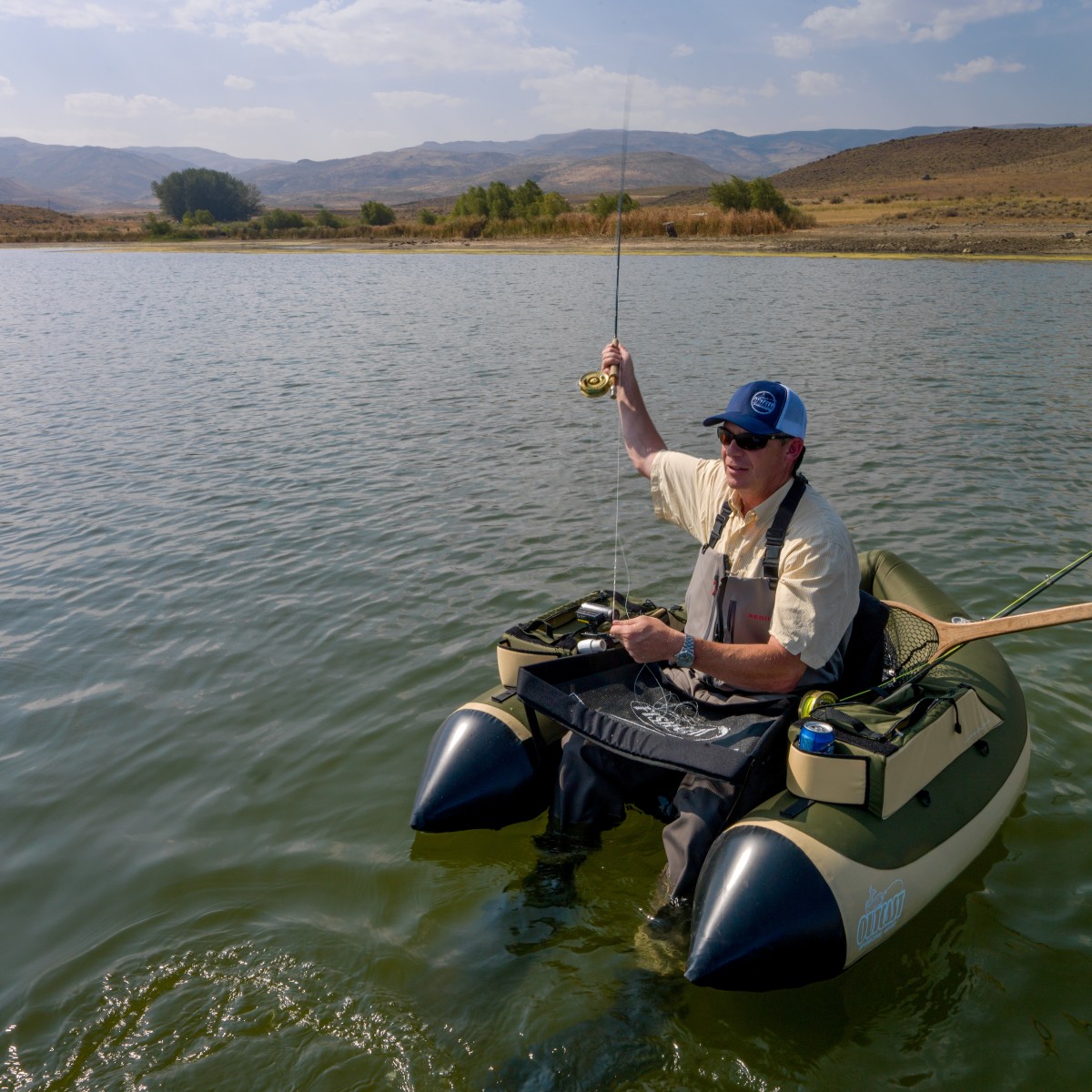Join Our Mailing List
Follow Us!
Upcoming Events
Need that Perfect Gift?

Some of the brands we carry:
Product Categories
April through June are prime lake months. In the interim between April steelhead closures and the June stream opener Pacific Northwest lakes are at their best. As spring progresses, our lakes start to warm and aquatic insects come into their maturing stages. Trout and Bass become voracious and strong.
Some of the best lake fishing in the United States occurs in eastern Washington desert lakes during the spring months. Fishing stays good well into June. Then it slows as the summer heat sets in and lakes warm to temperatures far less than ideal for trout. If you are interested in fishing world-class lakes we suggest taking advantage of these wonderful fisheries during the next two months.
There are scores of eastern Washington lakes but several of the most productive include Lenice, Nunally, and Dry Falls. Lenice and Nunally are located south of Vantage, an I-90 way-stop on the east side of the Columbia River, and several miles immediately east of a little berg called Mattawa. Dry Falls is the northern-most lake in the Sun Lakes recreational area in Central Washington.
If weekend travel is not in your itinerary try lakes and beaver ponds closer to home. Several of our favorites are Anderson Lake near Chimicum, a dozen miles west of the Hood Canal floating bridge, and Cady Lake, just south of the Kitsap/Mason County line, east of Camp Union. Both are known for hefty trout, with some well in excess of 15-inches most years. Then there is Teal Lake east of the Hood Canal floating bridge, a good bet for large trout on a nice spring day.
South Kitsap peninsula is also full of beaver ponds. Most contain native cutthroat. It is Richard Stoll’s opinion that many of these ponds re-supply the Hood Canal with a large percentage of Sea-Run Cutthroat which by the way, are also good along our beaches this time of year. Beaver pond cutthroat may be critically important to maintaining Hood Canal Sea-Run Cutthroat populations. Therefore, we strongly encourage releasing all cutthroat. A few of these ponds harbor rainbow trout. The rainbows are probably residuals adrift from steelhead runs.
May is the Chironomid month. These are true-fly pupae very similar to the mosquito “larvae” commonly found in standing water. They occur in huge numbers in both western and eastern Washington lakes. Black versions on size 16 hooks imitate the most common species found in local lakes. It is imitated by a commonly available fly pattern called the “TDC.”
As June approaches damsel fly nymphs become very profuse. These are the underwater juveniles of the bright blue dragonfly-type insects seen around lakes and ponds. Trout love them. Excellent imitations include “Carey Special” variations such as the “Six-pack” and “Peacock Carey”.
There is not better fly than the venerable black wooly-bugger. In addition, we would not be without a few scuds in our fly boxes. These are a form of freshwater shrimp common in Washington lakes.
If you have any further questions, feel free to stop by the shop. We are always happy to discuss gear, and point you in the right direction!

